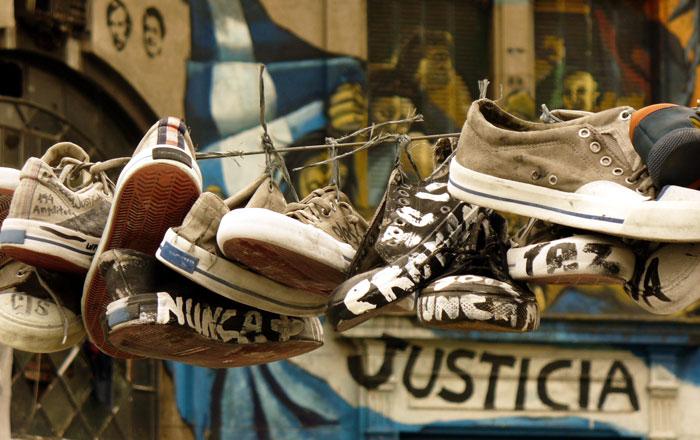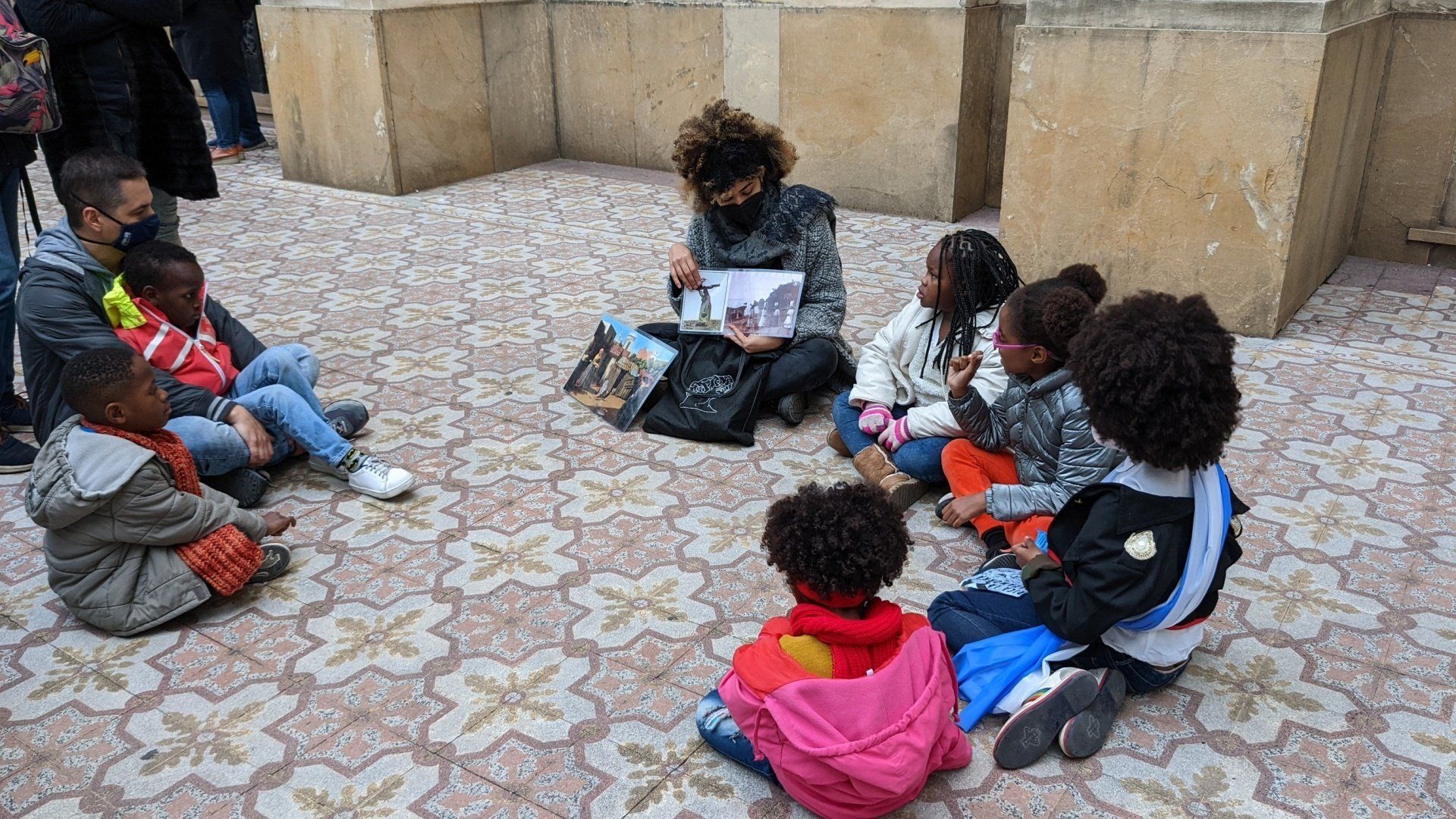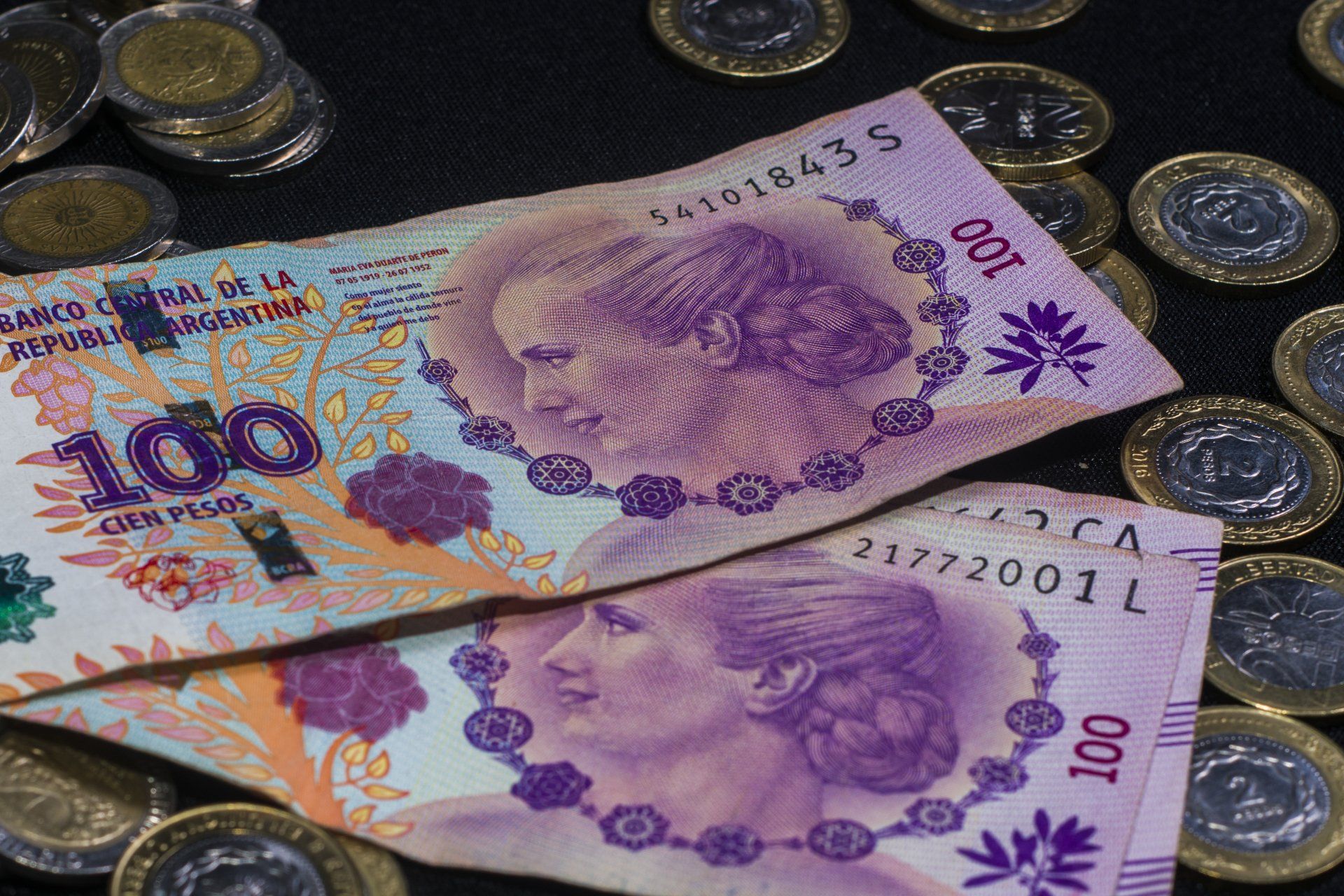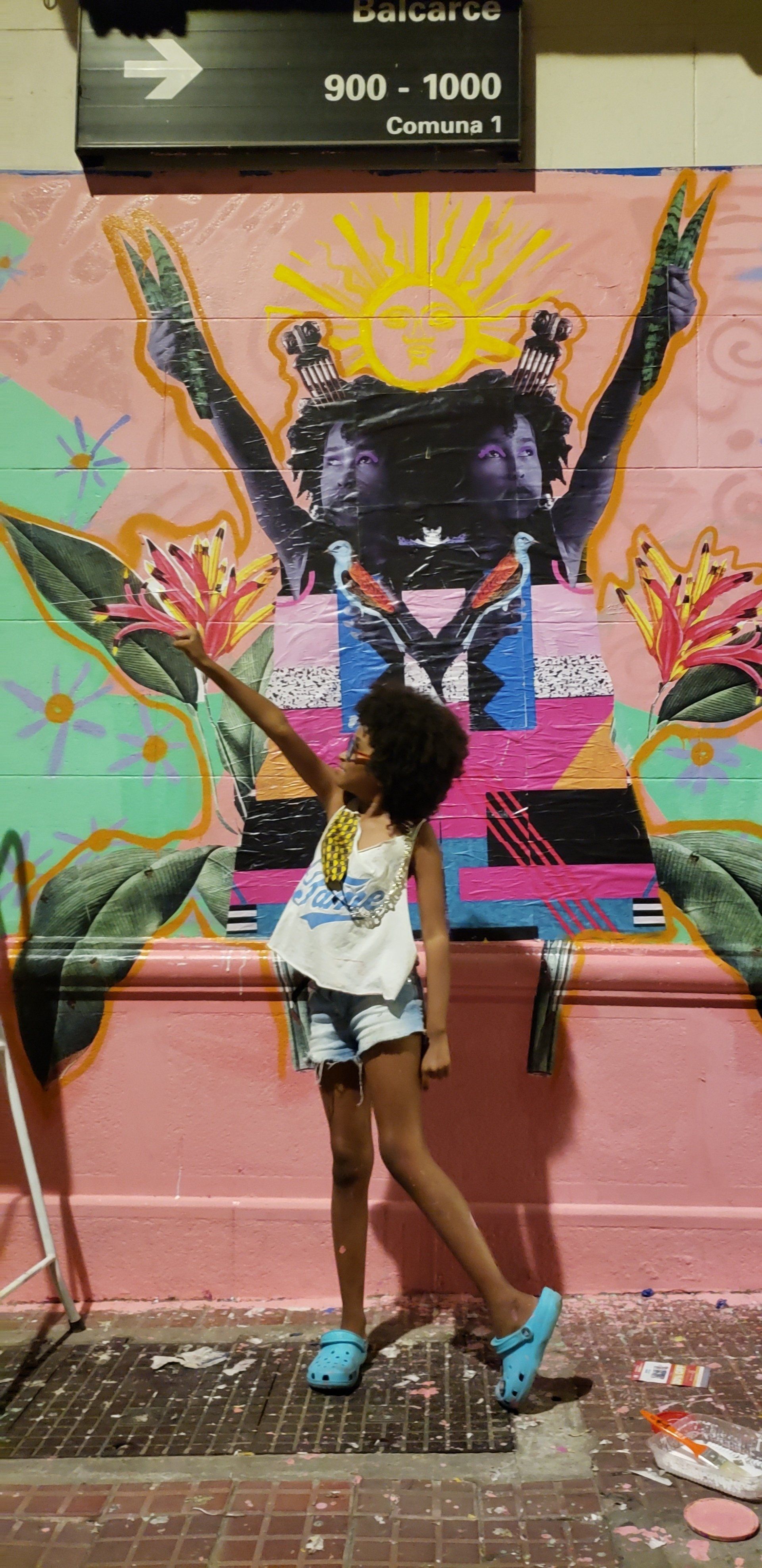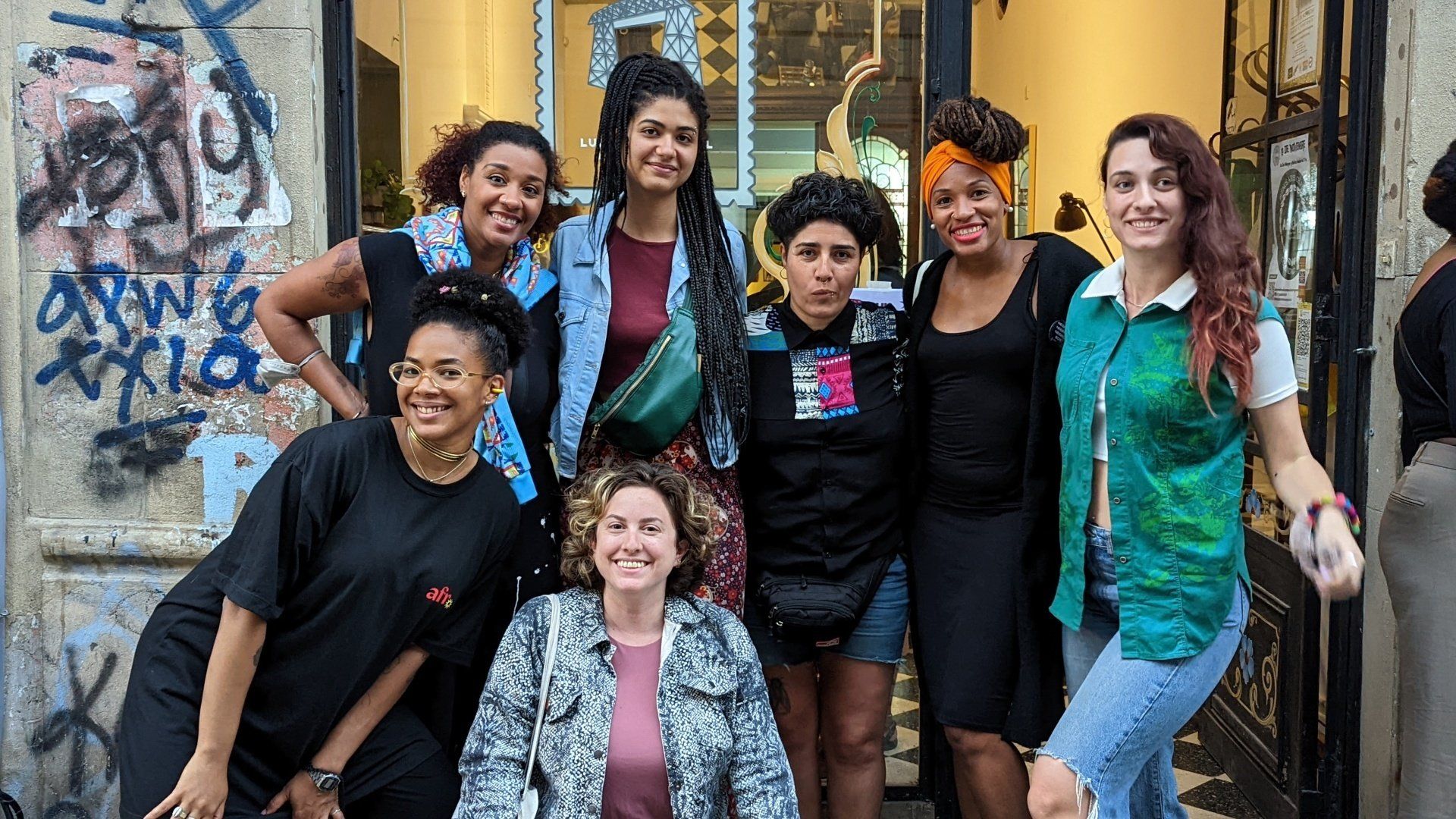Was Evita a feminist?
With the notoriety that the women’s movement in Argentina acquired in the last couple of years - starting with the massive #NiUnaMenos demonstration in 2015 and climaxing with the legalization of abortion in 2020 - many people have turned to the country’s past to look for the feminist pioneers that laid the groundwork for this revolution.

Women Suffrage: the most feminist moment in peronism?
Naturally, among many names, there is a very famous one that in Argentina tends to be related with the legalization of women’s suffrage in the 1940s: Eva Perón. Her feminisit “credentials” - if such a thing existed - seem to come from the fact that she campaigned actively as the First Lady of the country making speeches on the radio where she claimed that women “could and must vote”. Countless images show her in rallies surrounded by thousands of members of the Female Branch of the Peronist Party and - such was her commitment - she was even awarded the first document that was issued to allow the members of her gender to legally exercise their voting rights.
All of this seems to put her unmistakably in the realm of Feminism with a capital F, but as with many things in History, nothing is so simple.
Because yes, it was in 1947, during Juan Domingo Perón’s presidency, that women finally were legally allowed to vote. But did that mean that Peronism and, specifically, Evita represented feminist ideals?
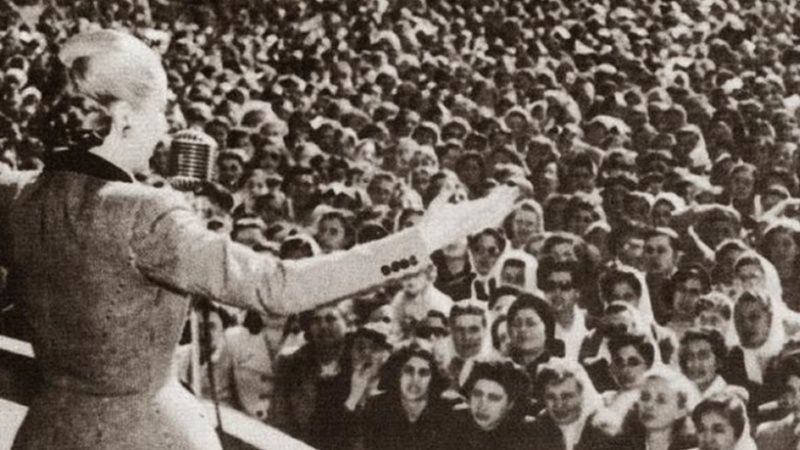
When we look at the history of women’s struggle to achieve this milestone, we find all sorts of people that, from the late 19th century, had systematically through grassroots efforts fought for gender equality. Socialist women, liberal women, free thinkers like Julieta Lanteri - that in 1911 found a legal loophole in the electoral law that allowed her to vote - and many others tried and tried again to change a reality where women were the legal equivalent of a child.
It was not until the 1930s, though, that the movement to legalize women’s suffrage really started picking up pace. At that point, women in most Western countries could already vote and Argentina was dramatically falling behind on this trend.
That’s why, by the time Juan Domingo Perón became the president in 1946, whether women could attend the polls in the future was no longer a matter of if, but when.
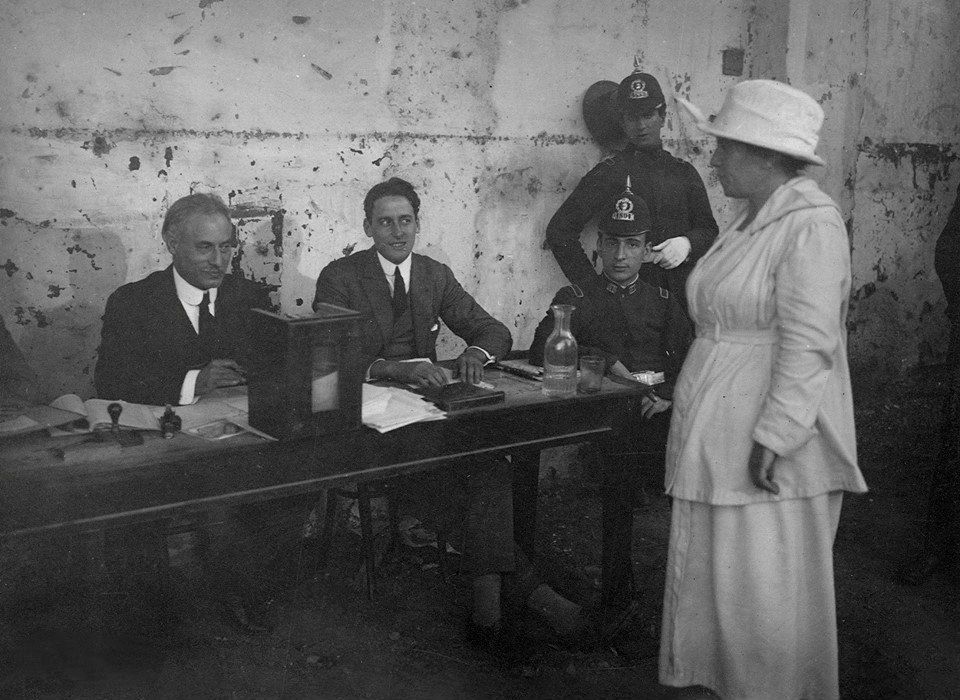
This is the time when Eva Perón made her first appearance in relation to the movement. Until then she had not yet “become” Evita, but the preliminary approval of the law that allowed female suffrage in August 1946 provided an ideal opportunity for her to shine as a political individual. Immediately she was given a column in an official magazine and a radio show in which she gave speeches to promote the campaign that would lead the Senate to ratify the law by the end of 1947. So far everything sounds great, but the thing is that the content of these messages was not as radical as one would imagine. Evita, in fact, positioned herself as “a bridge” between Peron and the people, addressing specifically the housewives of the nation. Following the Peronist ethos that cherished the traditional family as a national value, she asked not so much for the liberation of women, but for their support in “feminizing” politics. It was in this fashion, as the domestic “Other” to men, that female voices would enter the political arena and make themselves heard in their roles as “wives, mothers and homemakers”.

Shocking as it may sound, it was, after all, the late forties and most women were still confined to the realm of domestic life. So, even if many of the “hardocre” feminists that had kept the movement alive through the decades resented Evita and her discourse, in reality her speeches really resonated among the women of the nation.
In the end, it took time for Peronism - and politics in general, for that matter - to come to terms with society’s demands for gender equality. As of today, within the ranks of the political party, many feminists consider Eva Perón’s role as a political woman in a time when such a thing was not common as the ultimate feminist move and see her as an inspiration. However, it is impossible to adscribe feminism to only one political tendency, since it includes influences from different political and social backgrounds. So, one should not be surprised if some people reject Evita altogether.
Where do you stand on this debate? Let us know in the comment section!
